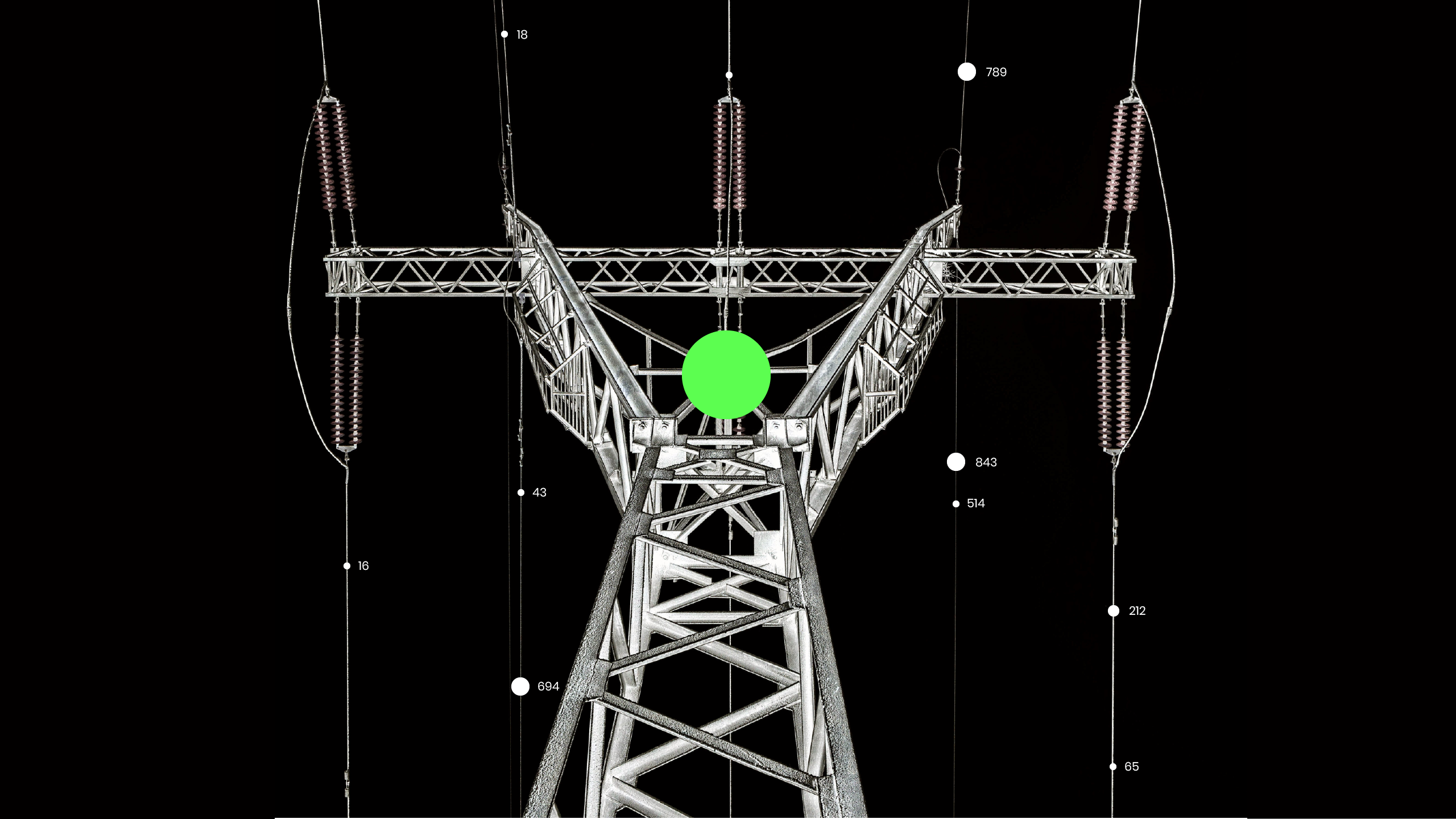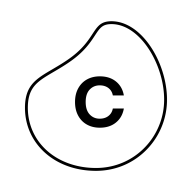
How Uniper Improves Its Procurement Check with the Celonis P2P Contract Finder
Philip Höchstödter, Vice President Spot Buy/Operational Procurement at Uniper, sums up the mission of their procurement department in one sentence: “Whenever our employees at Uniper need something, they should be able to order it from us easily and quickly.”
A look at the figures gives you an idea of the scope of this mission: Procurement employees at the energy company process more than 70,000 purchase requisitions (PR) per year at various European sites. In this transactional function, Uniper aims not only to optimize conventional expenses and savings but also the quality and speed of its service in particular.
Höchstödter describes three objectives: First, 90% of all manual transactions should be cleared within two days. This includes all agreements with requesters, category managers, and suppliers. Secondly, 90% of requesters should be totally satisfied after process completion and provide a rating of “very satisfied” for the service. Lastly, Uniper wants to automate the process from PR to PO by 90%, without procurement being involved. Currently, their global automation rate is at 70%.
One PR, countless contracts
Once Uniper’s employees submit a PR and it gets approved, it’s forwarded to operational Procurement. Here, the Procurement specialists rely on their expertise to answer basic questions: Does the requisition need to be processed manually, is a catalogue order sufficient, or does a suitable contract with a supplier already exist? The P2P Contract Finder, developed by Uniper in collaboration with Celonis, assesses the more than 1,500 existing contracts between Uniper and its suppliers.
Supplier contracts offer a range of benefits. Companies can leverage discounts, take a better negotiating position, and build stronger supplier relationships. And companies as big as Uniper can get much more out of these contracts by using the right tools.
“There is no way anyone can know so many contracts by heart. At the same time, all employees must be able to process all requisitions. If I only rely on specialists, the work may be unevenly distributed and lead to bottlenecks,” Höchstödter explains. “The ‘search’ aspect may seem trivial, but it is one of the biggest challenges that I can solve with AI,” he adds.
So how does the P2P Contract Finder optimize the search for the right contracts? The Contract Finder uses two separate text algorithms to compare the PR with the available supplier contracts and produces a match, if there is one. All this happens within two minutes, as the algorithms are capable of making 800 recommendations per day for contract queries.
The benefits are clear: Employees are spared the tedious task of searching for the right contract, and therefore save time and effort. At the same time, the contract’s cash discounts can be applied as effectively as possible. It doesn’t take a genius to know that optimal use of cash discounts alone represents a huge savings potential.
With Celonis to Spot Buy Desk 2025
The P2P Contract Finder is part of Uniper’s “Spot Buy Desk 2025” digitalization initiative, which aims to reduce the number of repetitive tasks performed by employees over time and allow them to focus more on monitoring the flow of transactions. Höchstödter and his procurement team have many future plans on how to maximize their execution with the Celonis EMS. One of them is to better link and monitor the bots deployed in the order process following the Procurement Check, which will serve to further automate the end-to-end process.
Aside from procurement, Uniper is also increasing the use of Celonis EMS in other areas, after first integrating its plant maintenance process in 2016. Based on the positive experiences with data specialists, over the last year, Uniper moved all data to the cloud and introduced a Center of Excellence to scale and optimize company-wide processes.
“Our goal of 90% for the stated KPIs is very ambitious and can only be achieved with technologies like AI and process mining”, says Höchstödter. And adds: “It won’t work without people. They need to make all the key decisions, monitor the virtual workforce, and support the process with their expertise and experience. This is why we’re doing all this.”
Technology is the key, people are the goal.



